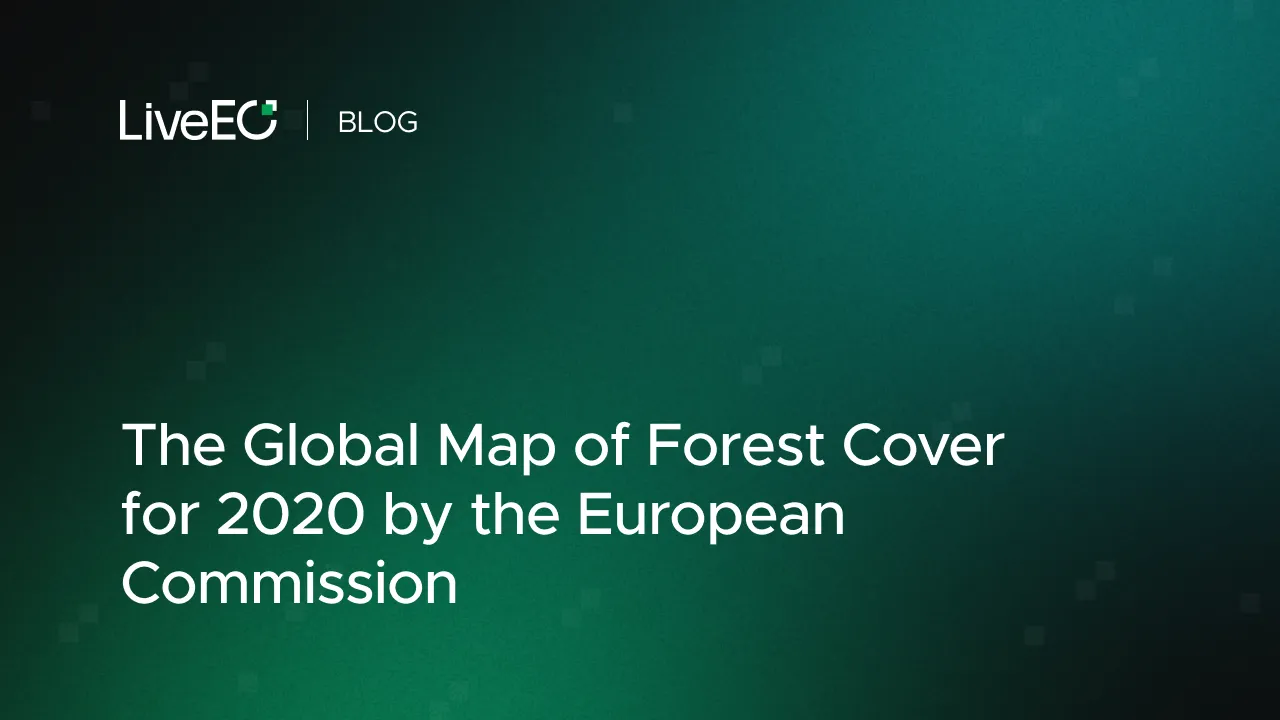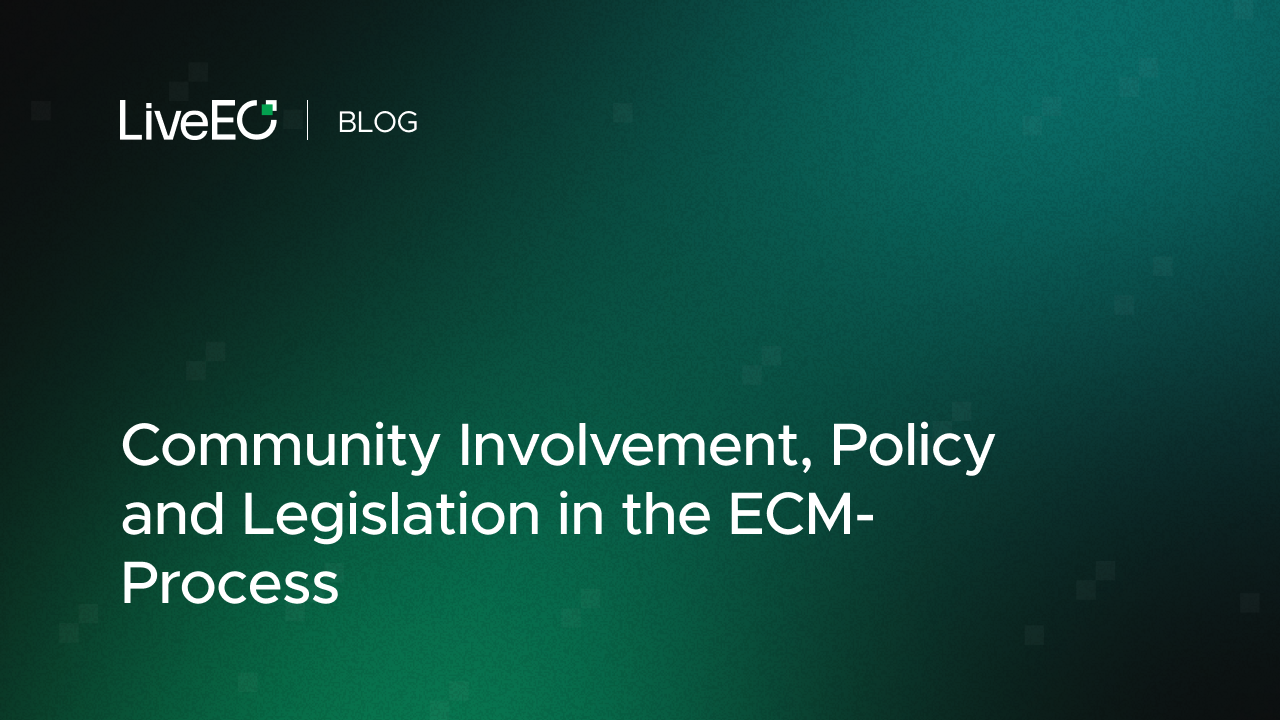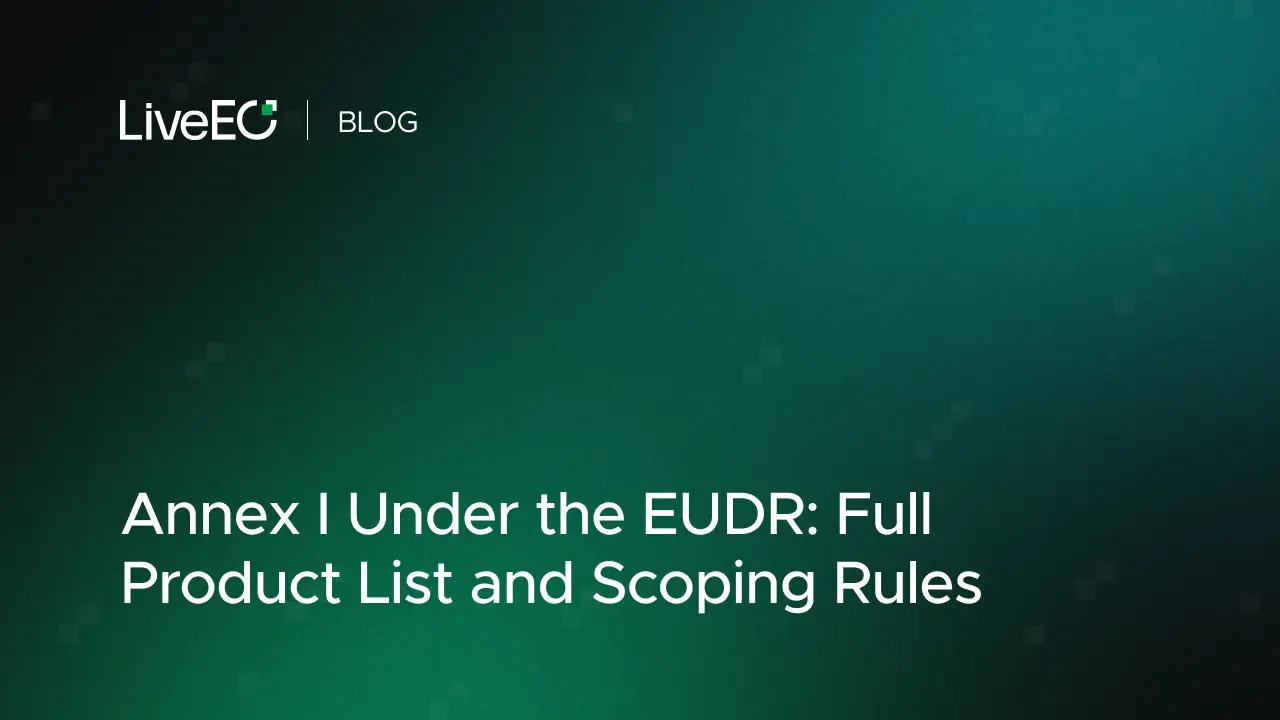The European Commission's "Global Map of Forest Cover for year 2020," leveraging the ESA World Cover project data, represents a significant technological advancement in visualizing global forest coverage. The map offers a detailed picture of forest cover at the end of 2020 with a 10m spatial resolution.
Implications for EUDR Compliance
While the map is a valuable resource for global forest cover awareness, it falls short in terms of actionability for businesses aiming to comply with the European Union's Deforestation Regulation (EUDR). A key limitation is the absence of context regarding supplier-level information; the map does not offer insights into specific supply chains or the practices of individual suppliers. This gap is crucial, as EUDR compliance requires a deep understanding of how and where commodities are sourced.
Additionally, the map's inability to integrate with existing enterprise systems, such as supply chain management or ERP software, further limits its practicality. Without this integration, businesses cannot easily correlate the map's data with their operational data, making it challenging to draw actionable conclusions or create due diligence documents necessary for EUDR compliance. This lack of direct applicability and integration means that while the map is a step forward in environmental monitoring, it cannot serve as a standalone tool for ensuring compliance with the complex requirements of the EUDR.
Risks of low accuracy
With a likely accuracy of below 90%, the European Commission's 2020 Global Map of Forest Cover poses potential risks of incorrect assessments, leading to significant business risks in the context of EUDR compliance.
False Positives (Incorrectly Identifying Non-Deforested Areas as Deforested):
{{inline}}
- Economic Impact on Suppliers: Farmers andsuppliers might be unjustly excluded from supply chains, leading to potential financial losses and social consequences.
- Unnecessary Resource Allocation: Businesses may allocate resources for unnecessary investigations and audits, increasing operational costs.
- Reputational Risks: Incorrect data can harm the reputation of businesses accused of non-compliance based on inaccurate mapping.
False Negatives (Failing to Identify Actual Deforestation):
- Regulatory Risks: Companies risk non-compliance with EUDR regulations, potentially leading to legal penalties.
- Environmental Consequences: Overlooking actual deforestation can contribute to environmental harm, undermining the purpose of EUDR.
- Supply Chain Integrity: False negatives can compromise the integrity of supply chains, affecting long-term sustainability goals.
Tools like LiveEO's solution TradeAware can play a critical role in addressing these specific challenges.
Enhancing EUDR Compliance with Specialized Software
- Improved Accuracy: LiveEOs proprietary vegetation analysis reaches much higher accuracy levels, reducing the likelihood of false positives and negatives, thereby protecting suppliers and businesses.
- Built around compliance: Connecting with supplier-level data with the analysis enables an effective assessment of compliance along the supply chain.
- Integration with existing systems: Thanks to integrations with existing supply chain and ERP software systems, compliance insights are provided where decisions are made.
The EC's Global Map of Forest Cover for 2020 is an instrumental tool in the broader context of forest conservation. However, for the nuanced requirements of EUDR compliance, the incorporation of specialized tools like LiveEO’s solution can provide a more comprehensive approach. These solutions offer the precision, integration, and real-time monitoring necessary to navigate the complexities of environmental regulation effectively, ultimately contributing to more sustainable and responsible business practices. Download the full legal text of the regulation here.







